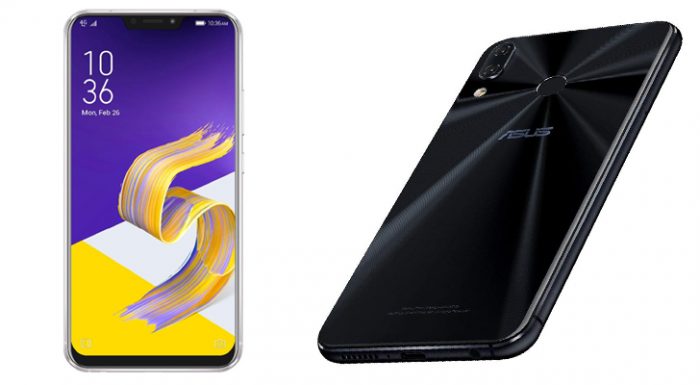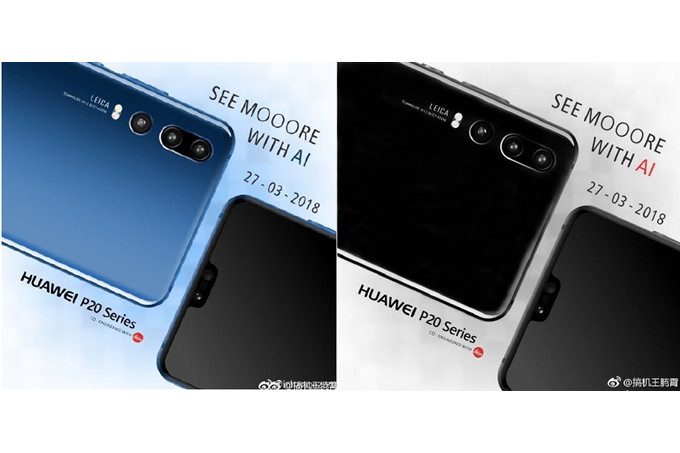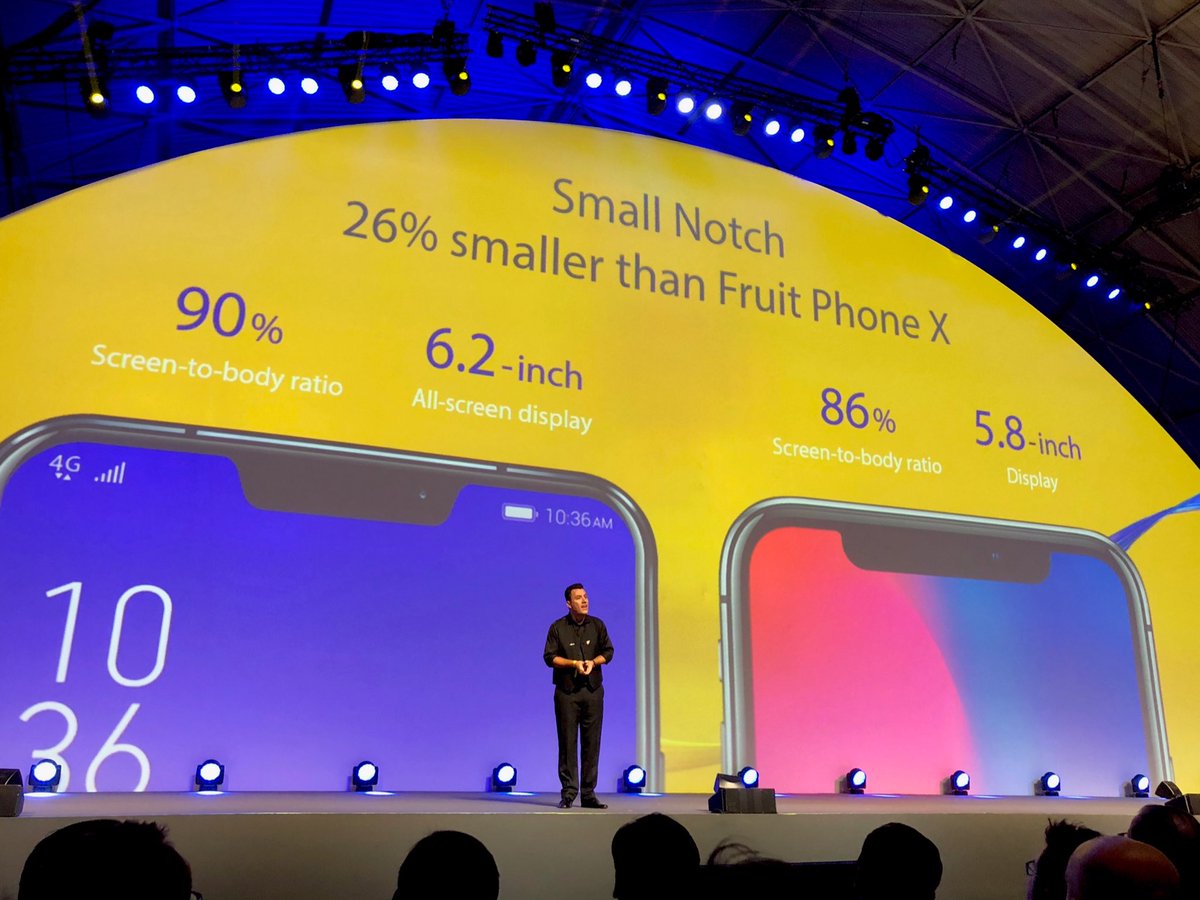The ridiculed, cursed, in all cases inclined cutout, familiar from the latest iPhone X, we can see more and more often in smartphones of competing brands. The proof is this year's Mobile World Congress, where this design, typical of the annual iPhone, was teeming with it.

Copying an iPhone is a tricky thing. In certain circles it could be described as folklore, but the accusation of such copying is not always correct, and in other cases copying is very difficult to prove. Mobile World Congress 2018 will certainly go down in history as the initiator of the more or less copied "iPhone notch".
But all the work of the competition usually ends when trying to imitate the cutout. There have been no attempts to implement a technology in the cutout that - as in the case of the iPhone - could scan the user's face, some companies were even in such a hurry to build the cutout that they didn't even have time to adapt their own software to the new design of their smartphones, in some cases the new shape of the display prevented a correct display data on the phone display.
Asus, one of the largest manufacturers of consumer electronics in the world, was no exception to the cut-out trend. His new Zenfone 5 is definitely a phone to be ashamed of. It has a number of great technologies and functions, has a pleasant design and a very bearable price. And the cutout. In the context of how Asus likes to tie in with Apple, it seems laughable to say the least. "Some might say we're copying Apple," said Asus marketing chief Marcel Campos. "But we cannot ignore what users want. It is necessary to follow the trends," he added. But even when presenting the new Zenfone with a cutout, Asus did not forgive itself a dig at the "fruit" company.
There aren't too many innovations in the field of smartphones that will revolutionize the design, and rather than blindly copy and imitate, it should be a mutual inspiration. But the problem with cutouts in smartphones from competing brands is mainly that it is a purely cosmetic matter. Other manufacturers were not inspired by the functionality of the upper cutout of the iPhone X - which, among other things, hides the TrueDepth camera for the proper functioning of FaceID - but only by its appearance.
Asus is far from the only manufacturer that has decided to choose a top cutout for its smartphone. They are proud, for example, of the Huawei P20, leaked images testify to the notch in the LG G7, and a number of lesser-known Chinese manufacturers have also started using cutouts. The exception this time is the South Korean Samsung, which takes pride in the absence of a cutout. It's promoting its Galaxy S9 as a phone with an "unbroken display." According to the server poll, more than one joke has already been made about the cut-out address of the iPhone X PhoneArena moreover, it seems that cutouts will not be in such demand as the manufacturers are trying to convince us. So will the "notch" just be a temporary trend?




It's really stupid to copy such mistakes.
Copying an iPhone? Why does this stupidity keep repeating itself everywhere? The Essential Phone already had a cutout and a much smaller one before Apple scrapped it. So no one is copying Apple. Rather, the wish is the father of the thought. Resp, it works even without a stupid cut-out. It's just backward Apple doesn't even have Xiaomi anymore?
https://mobilenet.cz/clanky/essential-phone-existuje-konecne-se-ukaze-verejnosti-33392
It's not about who was first, it's about who sets the trend.
It goes.
I've gotten used to Apple setting trends and others more or less visibly copying it
What for example? I would be terribly interested in that?
Disgusting cutout and a queue of sheep - manufacturers who can only manage to make a dull appearance in terms of design. Apple does not set trends, so that there is no mistake, someone is just trying to mystify that.
The only thing that Apple has set a trend with its Phones is that it can make a below-average machine look like a TOP phone with the help of top marketing. In other words, he can make a whip out of shit and crack it. Samsung has similarly sophisticated marketing. Another thing in which Apple sets trends is the absurd price, which is absolutely indefensible. Samsung is joining. Otherwise, I really don't know what Apple should set trends with. For years, on the contrary, it was Apple, which did not have enough technology or equipment to compete. Even today it is not enough, but the gap is no longer like that. The only thing that is unmatched on the Apple iPhone is the iPhone sign and the fruit logo. Yes, I almost forgot. One more thing in which Apple sets the trend with iPhones. And that by a huge crowd of sheep who are immediately ready to bleat with joy every time any small and insignificant detail on their idol changes.